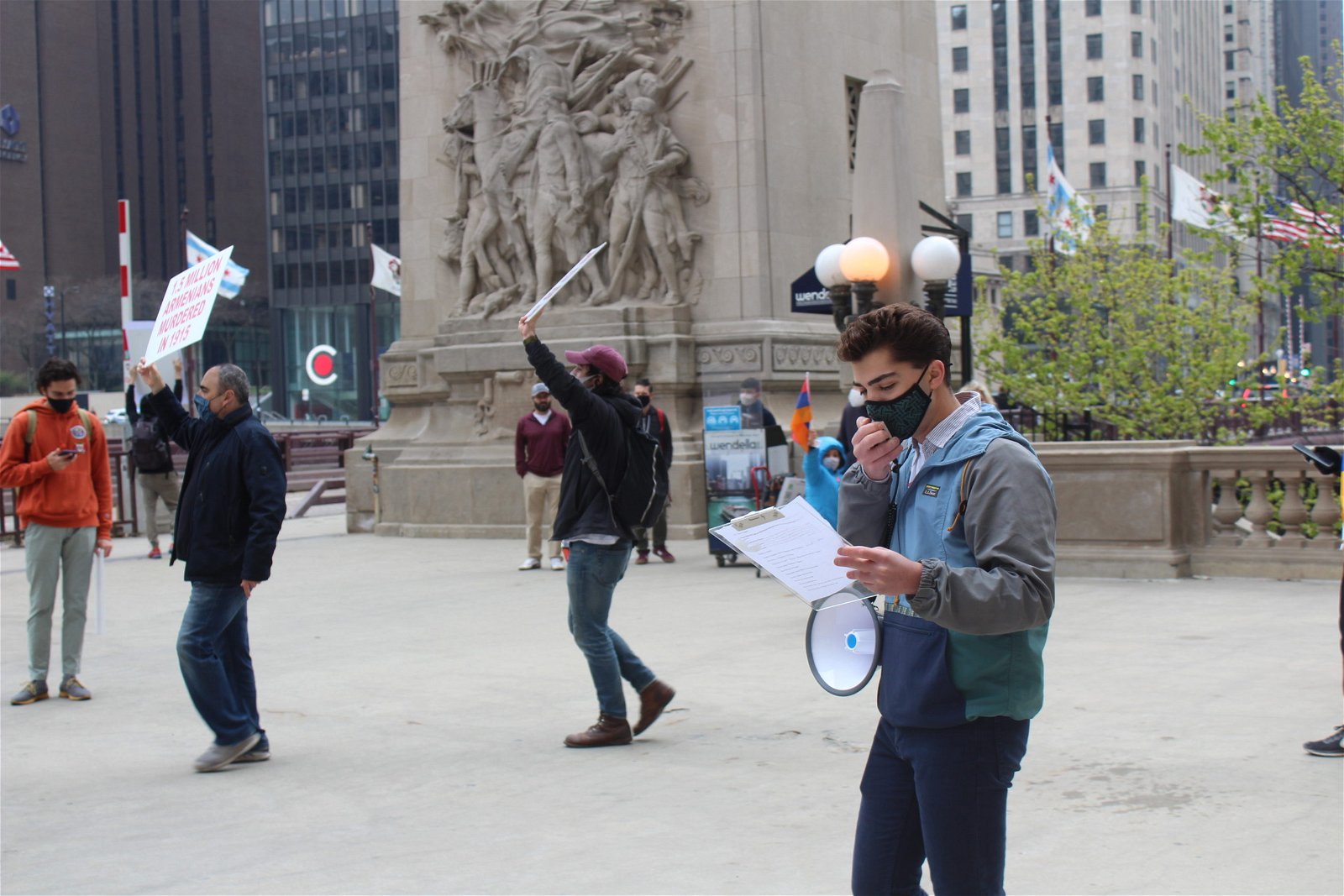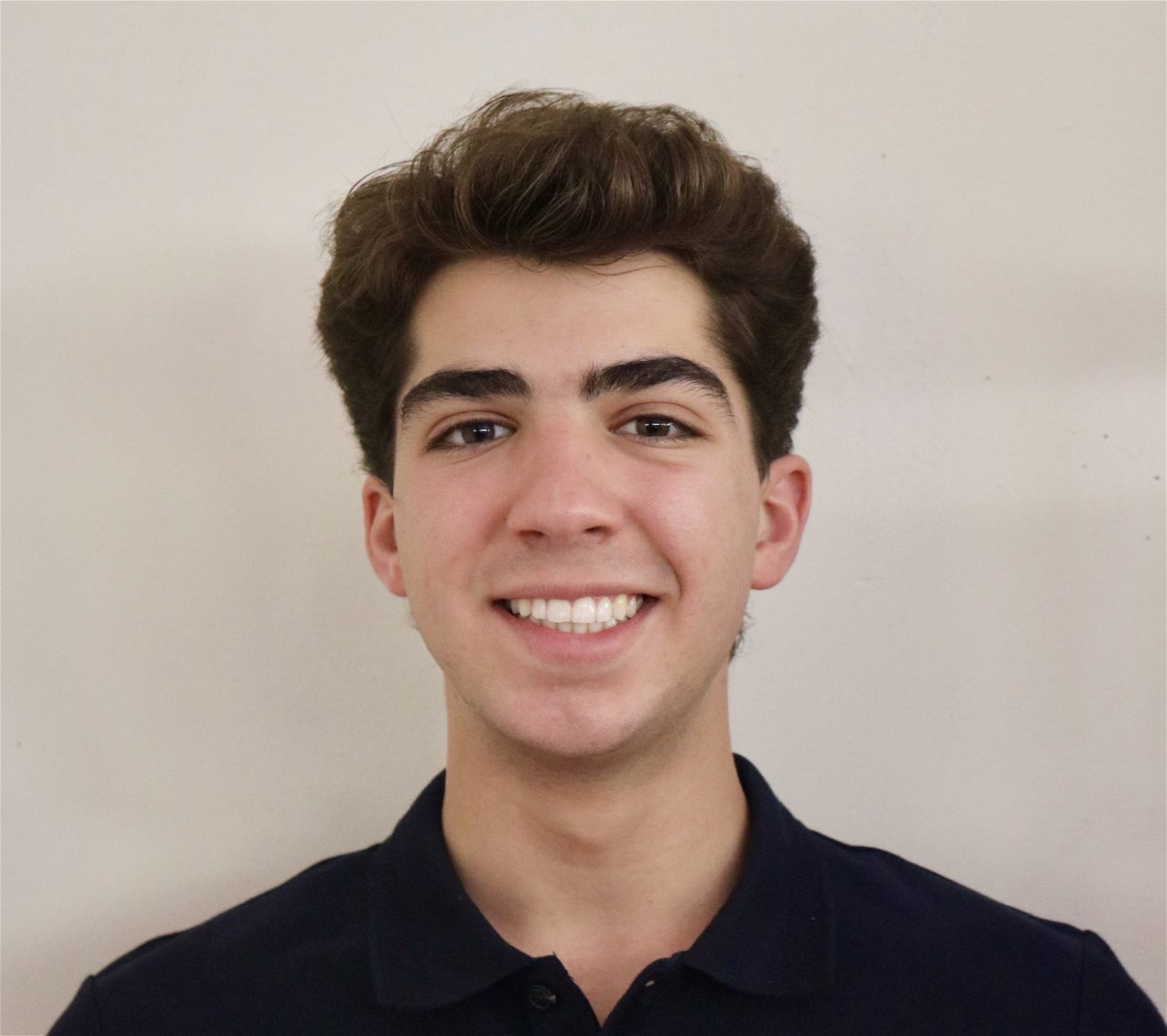
Editor’s Note: The following is the English translation of an original article that appeared in the Hairenik on May 5, 2021.
Last September, I found myself as a West Coast transplant in the Midwest — a first-year college student at the University of Chicago. Traditionally, enthusiastic first-years spend “O-Week,” or the first week of college orientation, scurrying around the local neighborhood of Hyde Park, soaking in the last few carefree drops of summer. Instead, I spent the first night in my new “home,” shocked by the eeriness of a dormitory that had been silenced by the COVID-19 pandemic. Meeting other students became a burden, as traditional social outlets had been cut off, with in-person gatherings relegated to Zoom icebreakers. The month of September also brought on an existential war in Artsakh, a war that seemingly no Armenian was prepared for, especially myself. It immediately became apparent how unaffected my non-Armenian peers were by the emotional distress that soon consumed me and further contributed to my sense of alienation. It is in this light that the Armenian Youth Federation (AYF) came into my life. I joined the Chicago “Ararat” Chapter and was overwhelmed by the sense of national and cultural identity that quickly erased the dreaded isolation that dominated the troubling month of September.
I was welcomed into the familial atmosphere of the AYF with open arms, bound by the sense of connectedness that generations of diasporans have experienced before me. I remember my first chapter meeting: I nervously joined a lively Zoom call, and upon entering the virtual room, an unger joyfully exclaimed “Shanto!” (just as my uncle would have). My initial hesitancies slowly passed, and in a matter of months, I became fully immersed in the warm environment of the Chicago “Ararat” Chapter. It was heartening to witness how engaged my fellow ungers were in each others’ stories, as well as our collective heritage. I was inspired by this atmosphere of camaraderie and commitment, ready to take on an active role in our Hai Tahd. This manifested itself through my involvement in various educational committees, through which I sought to continue the AYF’s righteous work.
The escalation of the Artsakh War resulted in troubling questions to which very few had answers. What is the real situation on the frontline? How do we discern fact from fiction and identify objective reporting? How do we promote Hai Tahd despite being grounded 6,000 miles away from the battleground? In times of such uncertainty, I feel fortunate to have had the AYF as a source of truth, whose work provided the necessary direction my ungers and I desperately needed. Each Monday, I would impatiently tune into the Central Executive’s organized calls, which spotlighted the various frontlines of the war, inviting alumni and homeland ungers to speak about their experiences. Even though many of us were already interacting with mainstream media, the AYF’s weekly calls presented a holistic picture, one composed of unique perspectives that were braced by the much-needed historical context of the war.
The locally organized demonstrations provided an opportunity to shed light on the urgency of the situation, despite my academic peers’ disinterest in doing the same on campus. During the demonstrations, there were several responsibilities that needed to be fulfilled, directives that needed to be completed. I found myself running up and down Michigan Avenue, pressing passersby to take our informative flyers and follow suit with the listed action items. All the while, I kept my eyes sharp, scanning our environs for flag-bearing Azeri counter-protesters. The emotions that raced through me and the “covert” work I was doing made me feel like I was in the atmosphere of Malkhas’ “Zartonk” — an expression of my awakened revolutionary spirit.
I was also introduced to the cultural programs of the AYF, which helped reinvigorate my grasp of the mayreni lezu, as well as ignite a newfound sense of interest in the Armenian language. After graduating from an Armenian elementary school, my everyday conversations had begun to dwindle, limited to certain family occasions. Following the encouragement of fellow ungers, I joined the AYF’s “Zruyts Mruyts” program, which is a weekly gathering of 15 to 20 individuals who converse in Armenian for up to five hours at a time. The fascinating topics selected by the Central Language Council appeal to the interests of my generation. They are fun, cheeky and sometimes a little edgy, varying from love, religion or even vegetarianism in the Armenian cuisine. The program is unique in that it is not judgemental towards beginner or proficient Armenian speakers; it is designed to welcome “broken” Armenian and encourage the mastery of the language through mutual support. “Zruyts Mruyts” has inspired me to further my engagement with the language. I find myself reading and writing in my mayreni lezu more than I could have ever imagined — a testament to the program’s vitality.
I have now been an AYF member for approximately a year. My time and experience have highlighted the importance of our diasporan institutions, especially given our present circumstances. The pressures of assimilation are no longer permitted. We must recommit to our national priorities and our rich cultural legacy. These are the institutions that promote national awakening and inspire the next generation of engaged global Armenians.



Thank you for this excellent, inspiring, personal story. Congratulations for taking the initiative to become active in your new community, and thank you for keeping your Armenian identity alive through joining the AYF and actively engaging in its programs. You’re preparing yourself for future contributions to the nation, sustaining the Armenian Cause, your fellow Armenian youth, and the AYF itself.